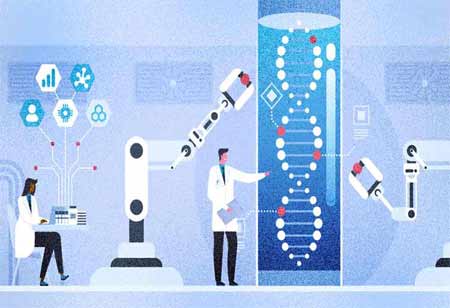Medical gases are essential for maintaining a sterile environment in healthcare settings.
FREMONT, CA: Medical gases are integral to anesthesia delivery. Anesthetic gases induce and maintain anesthesia during surgical procedures, ensuring patients are pain-free and immobile throughout the operation. The precise control and delivery of these gases are crucial for achieving the desired depth of anesthesia while minimizing adverse effects and enhancing patient safety and comfort during surgical interventions. Medical gases play a vital role in diagnostic procedures. Medical-grade compressed air is utilized to power surgical instruments, maintain positive pressure in operating rooms to prevent the ingress of contaminants and facilitate ventilation in critical care units.
In healthcare, where every breath counts and precision is paramount, the significance of medical gases cannot be overstated. From the operating room to the emergency department, these invisible yet indispensable substances play a crucial role in patient care, diagnostics, and therapeutic interventions. Medical gases serve as life-sustaining agents. Oxygen, the most vital of all medical gases, is administered to patients suffering from respiratory distress, hypoxia or during surgeries to maintain adequate oxygenation levels. Without this essential gas, patients with compromised respiratory function would face severe consequences, highlighting its pivotal role in saving lives.
Medical gases have therapeutic applications beyond oxygenation and anesthesia. For instance, nitric oxide therapy treats pulmonary hypertension and acute respiratory distress syndrome (ARDS), acting as a vasodilator, improving oxygenation and reducing pulmonary vascular resistance.

